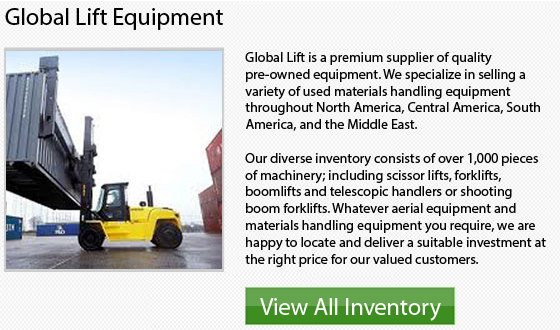
Sideloaders have become a terrific choice for many companies needing to perform handling jobs on unconventional loads. Sales of these models are small though, taking up 1% to 5% of the international forklift market.
Sideloaders are rather common within the aluminum, timber, glass, steel, aviation and construction businesses. Moreover, they are used within industries that are producing unconventional items like for instance windmill arms and moldings. Practically any industry that produces oversized long or awkward items uses the side-loaders.
During the start of the 1950's, Henry Le Grande Lull from the Lull Manufacturing Company initially made the sideloader lift truck. These early units were requested from the US Air Force. The first concept was patented for commercial utilization but it was not developed until Lull Manufacturing was taken over during the year 1959 by the Baker Raulang Company. It was Baker Raulang who put the design into production. Later, the name was changed to Baker Traveloader. In the latter part of the 1950s, the side-loaders were launched in Europe. The early models were made by Italian manufacturer Fiora and the afterwards B-P Battioni e Pagani who pioneered the equipment's use in timber yards.
Side-loaders differ a little from counterbalance, forward-traveling lift trucks in that they have their forks situated on the side of the equipment. The operator drives the machine sitting inside a cabin like a traditional lift truck. The loading, unloading and lifting functions are performed by the mast situated at the driver's right-hand side. The cargo is usually transported lying on a wooden or metal deck. This helps to decrease distortion, stress and damage to the cargo. Recent innovations to the side-loader design have integrated a large variety of lifting accessories being developed.
The use of side-loaders instead of the reach-stackers or standard lift trucks: safer operating conditions, better visibility, and the ability to utilize available space more efficiently in addition to faster traveling speeds.
You will only be able to accurately know the right kind of machine to finish your tasks, once you have completely evaluated the work environment and kinds of jobs you would be performing. There are several great rental options available as well in order to know the right kind of machine to meet all your needs. Doing some research online or talking to a reputable dealer is another great way to get some information also when trying to figure out the right choice.